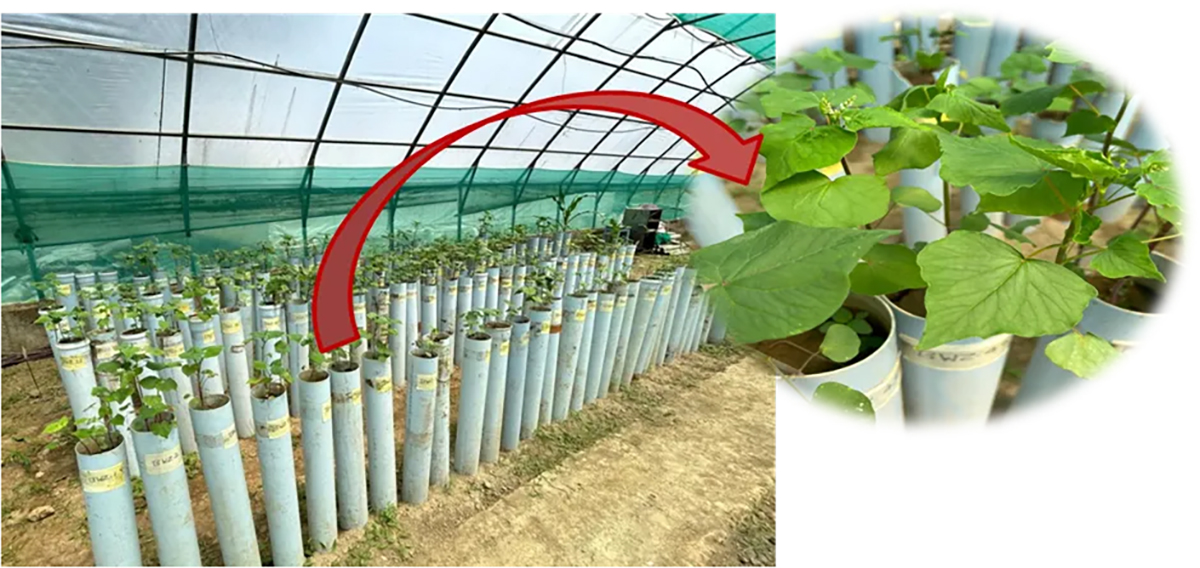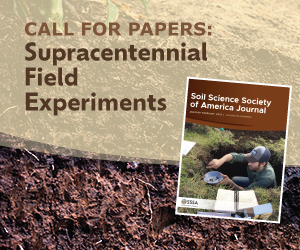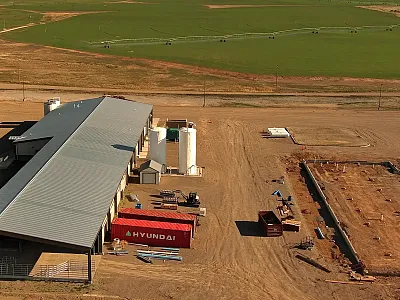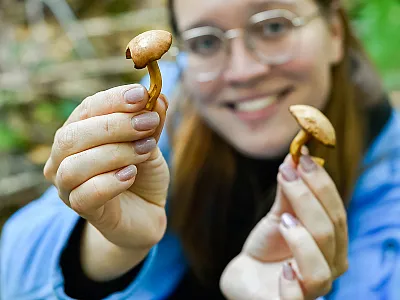Investigating root system architecture to make climate-resilient buckwheat

Buckwheat is a nutritious crop with potential heart, nerve, and liver health benefits. But the plant is often grown in harsh conditions, lowering yield and leaving the crop underutilized. Buckwheat roots are a promising target to enhance yield under unfavorable growth conditions as positive traits like root diameter are associated with drought tolerance. Root systems, however, are quite complex to study: Growing plants in their natural conditions results in imprecise measurements while using different media leaves out important influences on root growth, like nutrients, moisture, and temperature.
To effectively study buckwheat root system architecture (RSA), column culture—a technique where plants are grown in pipes under controlled conditions—was adopted in the greenhouse. Researchers from SKUAST-K (Srinagar, India) scanned 117 diverse buckwheat genotypes belonging to two different species (Fagopyrum esculentum and Fagopyrum tataricum) using an Epson Perfection V700 photo scanner and analyzed the root phenotypes with RhizoVision Explorer software. After phenotyping, further genomic analysis of the 117 buckwheat genotypes identified potential candidate genes that contribute to RSA in buckwheat.
This study successfully highlights the superior RSA traits of F. tataricum, indicating its potential as a key genetic resource for enhancing drought and stress tolerance in buckwheat. In addition, the candidate genes identified from this study can be used in the molecular breeding of buckwheat for suitable root systems.
Dig deeper
Singh, D., Sudan, J., Verma, A., Bhat, B., Urwat, U., Shikari, A. B., Bhat, M. A., Sofi, P. A., & Zargar, S. M. (2025). Insight into root system architecture of buckwheat through genome-wide association mapping-first study. Crop Science, 65, e70092. https://doi.org/10.1002/csc2.70092
Text © . The authors. CC BY-NC-ND 4.0. Except where otherwise noted, images are subject to copyright. Any reuse without express permission from the copyright owner is prohibited.











